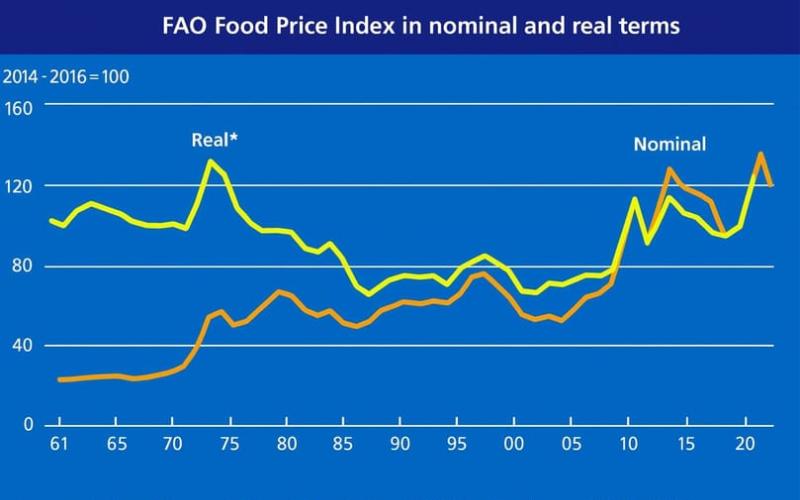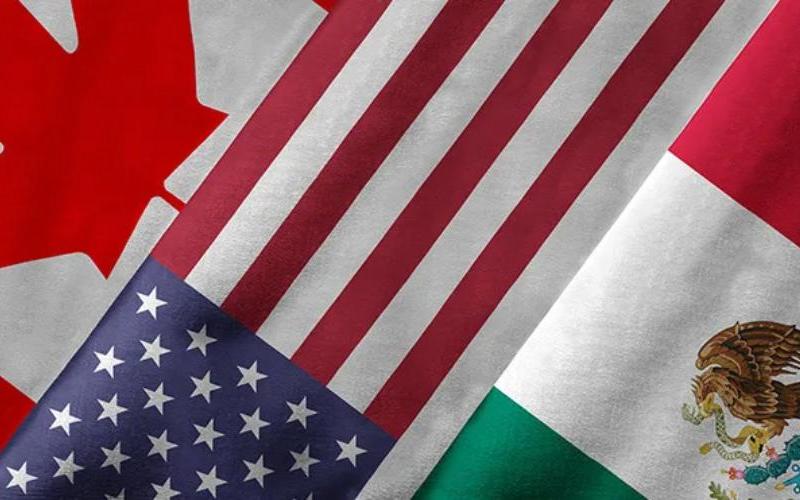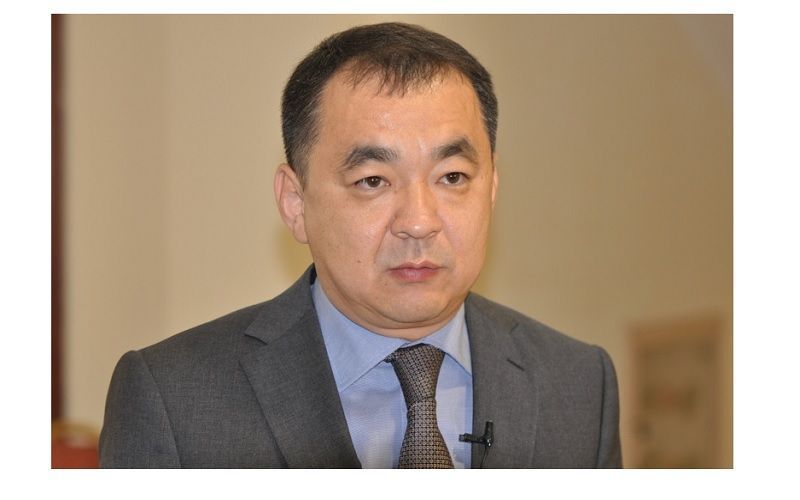How does the greenhouse gas emissions trading system work?

The cap-and-trade mechanism in Kazakhstan is based on a national carbon cap plan, where companies receive quotas for the amount of carbon emissions allowed. If the established standards are exceeded, the company can either pay a fine or purchase a quota from another company that has reduced its emissions. This mechanism creates opportunities for companies that actively reduce their emissions to profit from the process.
However, despite agriculture's significant contribution to overall emissions, Kazakhstan's national carbon plan lacks specific attention to the agriculture sector. This circumstance deserves attention given its importance in the overall environmental context. It remains unclear whether the Ministry of Environment plans to amend the plan to take this aspect into account.
There is also interest in farmers' views on this initiative. Are they willing to reduce emissions and join the carbon market? Do they see benefits in this, both for themselves and for the environment as a whole? These questions remain relevant in the context of discussions about the prospects for agriculture's participation in the carbon economy.











